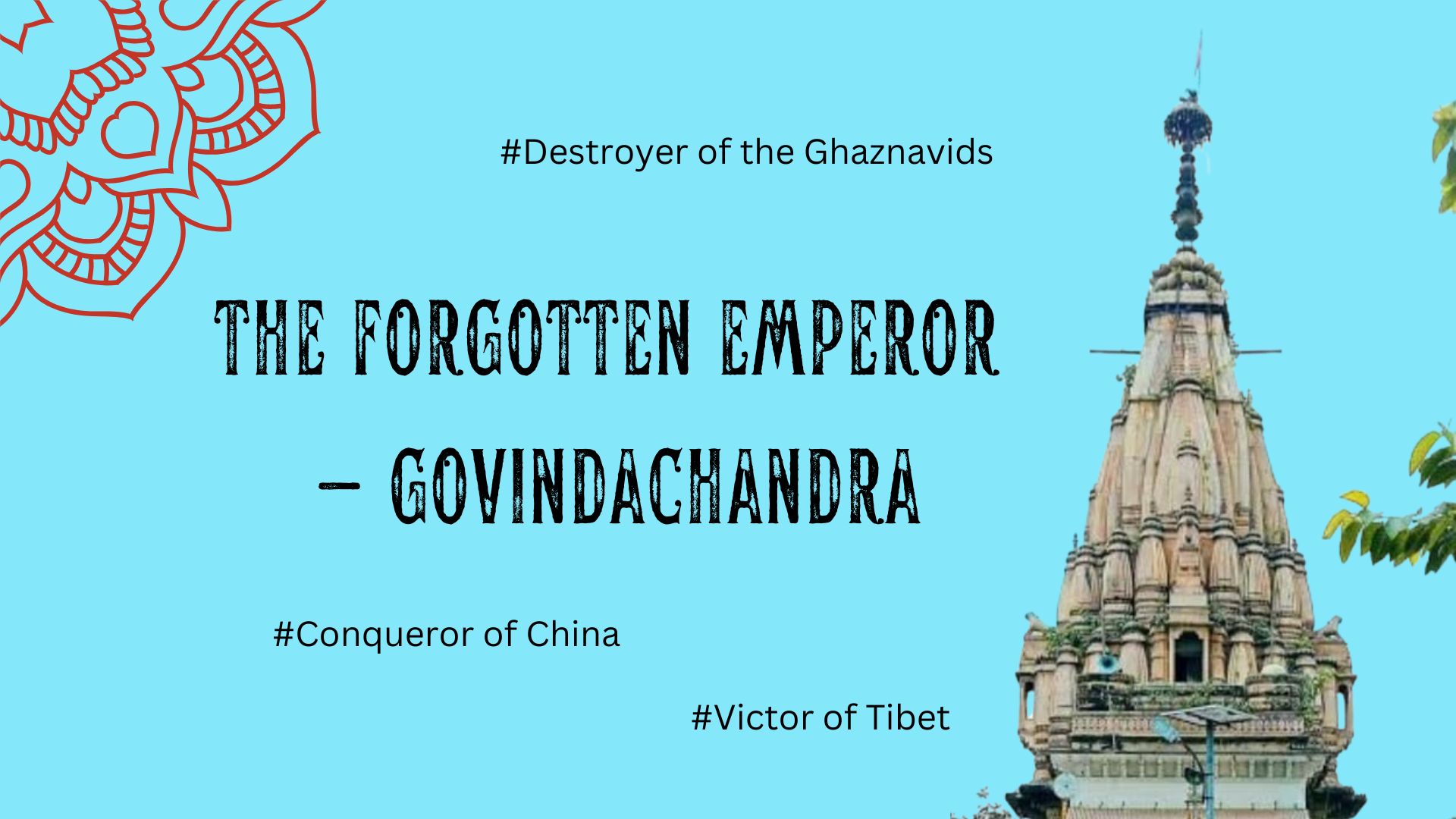
Imagine a powerful emperor who through his diplomacy and military might became renowned all across Bharatavarsha from the Karakoram to Kanyakumari. Whose armies conquered the mainland Chinese Han armies of the “Song” empire. Who destroyed the attacks of the dynasty of Mahmud of Ghazni and stormed their stronghold. Whose victory banner fluttered in the roof of the world ie Tibet. Now this emperor has no less than 42 inscriptions attributed to his reign of four decades. Gold and copper coins exhibiting high artistic finish belong to this emperor.
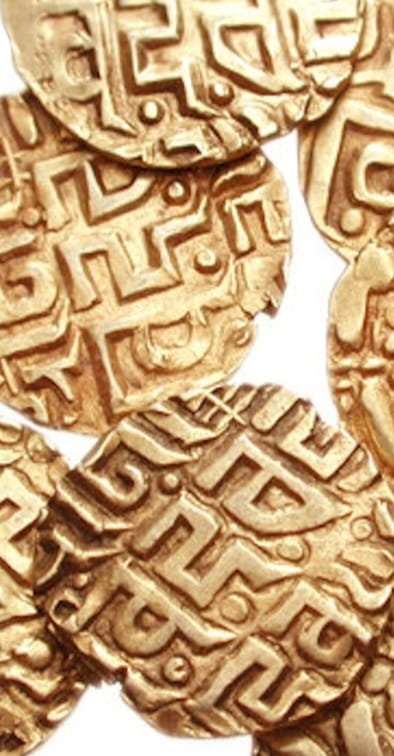
Gold coins of Govindachandra..these are found from present day Rawalpindi to Dinajpore
Now, wouldn’t such an emperor’s name be mentioned prominently in our textbooks or wouldn’t books and books be written about such a mighty war hero – a true national Bharatiya idol. A symbol of Hindu daring and valour. But yet this name is completely invisible from our modern academic discourse. Who is this emperor? It is none other than Gahadavala Govindachandra, the mighty ruler of Kanyakubja (Kannauj).
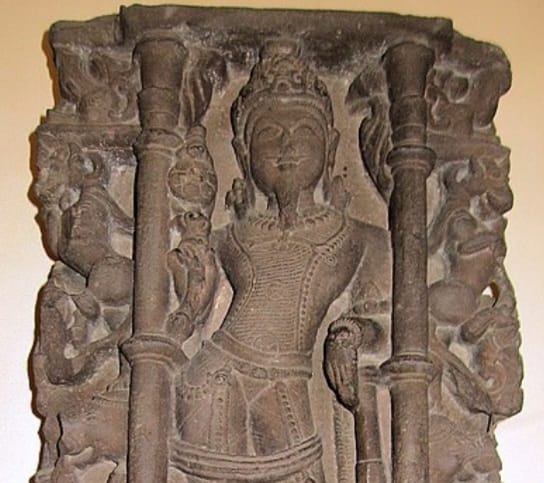
Sculpture of Lord Martanda from Gahadavala period
The rare verse 1.168 of Prakrit Paingalam:
A rare 12th century CE verse from a Prakrit Chandashastra talks about extensive conquests of the King of Kashi. This work called Prakrit Paingalam mentions these conquests as a recent example in a matter-of-fact manner. The fact that these conquests are mentioned in a technical work on meters indicates that these conquests were common knowledge and well known and also taught with pride in Gurukulas.
We may quote the original verse as follows:

Translated as:
“ That King of Kashi who made such a brilliant military vyuha (formation/strategy);
(through this strategy) he
conquered Nepal;
Defeated the King of Bhota (Tibet) who (due to the defeat) self-inflicted pain to himself;
Defeated the King of the country of Cheena (China), who had his arrogance destroyed and was forced to flee from battle;
Whose sensational attack created a hue and cry of fright in the garrison of Lohavara (Lahore);
Who won over the King of Odissa and won glory;
Who uprooted the dynasty of the one who called himself “King of Malwa”
That King of Kashi who entered the battlefield only to find that the war loving King of Telinga has fled from it”
The noted historian D.C Ganguly (1957) studied the entire Parkrit Paingalam and compared it to various inscriptions of the period and concluded that there were good grounds to believe that the “King of Kashi” mentioned in the verse was actually Govindachandra. This view was also put forward in the celebrated anthology of the R.C.Majumdar edited “ The Struggle for Empire” published by Bharatiya Vidya Bhavan.
Other than corroboration from contemporary epigraphic and literary evidence, another independent source also helps identify the king of Kashi. An Chalukyan record of a contemporary 12th century ruler, Jayasimh-Siddharaja calls Jayachandra (known as a name of Govindachandra and also that of his grandson) as the “King of Kashi”. This account helps us to conclude that Gahadavalas also had the title of “King of Kashi”.
The above quoted verse of Prakrit Paingalam along with the 41 inscriptions of his reign help us to paint a full biographical picture of Govindachandra. This emperor was born towards the end of the 11th century in Kanyakubja and was a governor of Kashi as a crown prince in the first decade of the 12th century.
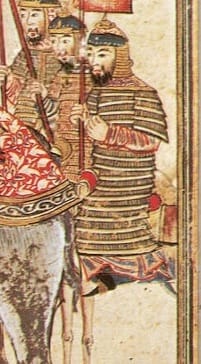
Picture of Ghaznavid soldiers and generals. Their main stronghold of Lahore was stormed by Govindachandra
The war against the Ghaznavids:
Later chronicles of medieval Muslim writers inform us that around 1114 CE, there was a massive invasion of the Yamini Turks. Ala-ud-aulah Masud III, the Islamic ruler of Ghazni, raided Kanauj and captured its king, Madanachandra. All gloom descended on the citizens of Kanyakubja and the survival of this great center of Sanatana Dharma was itself at stake. It was in such despondent times, that a savior in the form of Govindachandra emerged. Govindachandra not only released his father but took the offensive against the Ghaznavid invaders defeating them in multiple encounters. As the Prakrit Paingalam puts it, the Ghaznavid citadel in Punjab – Lohavara or Lahore was stormed. The sudden appearance of the Gahadavala army in front of the walls of Lohavara was such a sensation to the Yamini generals that a shocked commotion erupted within the Turkish ranks.
Despite the grand victories, the invasion had its toll on Madanachandra who passed away soon after. His son, the dutiful Govindachandra ascended the throne and consolidated his ancestral kingdom comprising most of present-day Uttar Pradesh and large parts of Bihar. He also brought the Himalayan territories of Nepal within his fold.
The master-diplomat and loyal friend of the Cholas:
Govindachandra was a visionary statesman and a master-diplomat. He strengthened his alliance with the frontier Hindu kingdoms which formed a bulwark against the Islamic Turkish invasions from the north-west. He sent his envoy, Suhala to the court of Jayasimha of the Lohara dynasty of Kashmir and strengthened ties at a crucial juncture. He formed a staunch alliance with the Cholas of Thanjavur.
The reasons for forming an alliance with the Cholas were many. The southern dynasty had in the early 11th century established its suzerainty over Bengal ruled by the Palas. In the early 12th century, the Palas saw a resurgence in their power under Ramapala. This threatened both the Cholas and the Gahadavalas. The famed elephant corps of the Palas attacked the Gahadavala kingdom in the first decade of the 12th century but were repulsed by the then crown prince, Govindachandra. In addition, in line with his policy of strengthening alliances with Hindu powers who were fighting the Ghaznavids, keeping strong ties with the Cholas – the most powerful empire in the then subcontinent – made immense strategic sense. As part of the alliance, a Gahadavala princess married a Chola prince. We find her inscription tracing her Gahadavala geneology in an inscription in the imperial capital of Thanjavur in the Tamil region.
The Gahadavala-Chola alliance benefitted both empires and strengthened the Hindu kingdoms of Bharatavarsha against invaders. Govindachandra proved to be a powerful friend. The Paramaras of Malwa (present day Western Madhya Pradesh), another northern ally of the Cholas, were at that time facing a huge crisis. The heroic son of Bharat, Paramara Lakshmadeva had conducted a sensational counter strike against the Turks deep into the Oxus valley around c 1100 CE. While he was away in this distant campaign, his loyal brother, Naravarmadeva ruled his throne under his name. When he returned, Lakshmadeva was impressed by his brother’s devotion and abdicated the throne in his favor. Naravarmedeva continued to rule but by 1130 CE faced a severe threat from the Chandellas of Bundelkhand. The Chandellas overran Dashrana or Eastern Malwa. Govindachandra launched a campaign and as stated in texts such as Rambhamanjari and Prakrit Paingalam uprooted Chandella rule from Malava. This was perhaps a joint campaign with his Chola ally. A Pallava inscription refers to a campaign on behalf of Vikram Cholas to Malava.
Govindachandra also campaigned against other hostile anti-Chola powers including Chalukyas of Kalyani, Anantavarman Chodaganga (Kalinga-Odissa) and rebellions in Telangana. While in his southern campaigns he found a strong friend in Kalachuri Jajjaladeva of Dakshin Kosala (North-Central Chhattisgarh). In a record, The Dakshin Kosala king asserts that “he was honored with fortune on account of his prowess by the King of Kanyakubja”.
Govindachandra’s various diplomatic alliances and military campaigns had seminal consequences for Indian history. He strengthened the Chola empire by helping defeating many of its rivals. This helped maintain Indian influence over South East Asia and the Eastern Seas via the Chola maritime power during the reigns of Kulottunga and Vikram Chola. His support to the Paramaras and Kashmir Loharas strengthen the defensive posture of Hindu kingdoms against the Ghaznavid invaders.
In short, like a true son of Bharat, Govindachandra through his actions, thoroughly strengthened Bharatvarsha against her external enemies at a critical moment of her history.
The Conquest of Tibet and Mainland China:
The most sensational conquests of Govindachandra are those of Tibet and Han China which are so explicitly mentioned in the Prakrit Paingalam. Tibet was passing through its “Era of fragmentation”. Gahadavala control over Nepal would have been threatened by one of the fragmented Tibetan Kingdoms. The daring King of Kanyakubja however took the offensive and defeated the aggressive Tibetan king so badly that as per the verse quoted earlier, “The king of Bhota (Tibet) self -inflicted pain on himself” possibly as a self-punishment or out of embarrassment. The banner of the Gahadavalas was planted in the inhospitable roof of the world ie Tibet at over 10,000 ft in altitude.
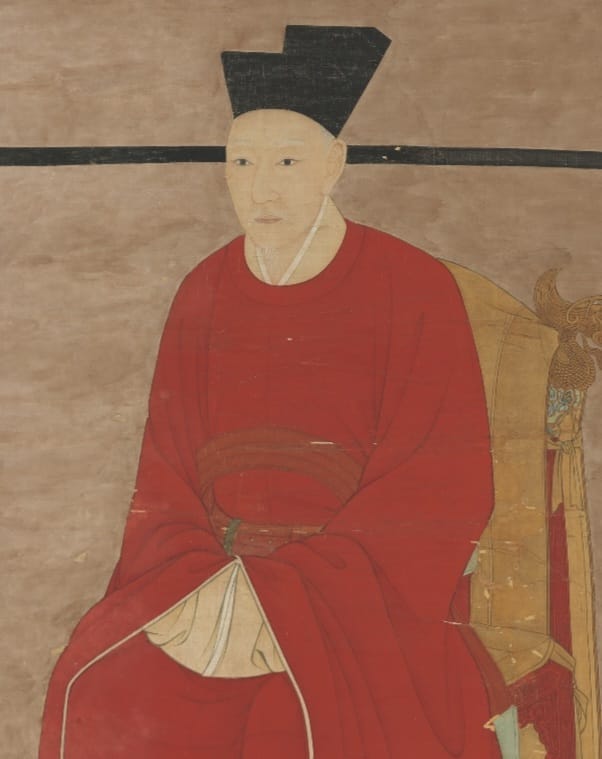
Chinese emperor Gaozong of Southern Song dynasty - who was defeated by Govindachandra
But the Gahadavala hero did not stop here. The “Song” empire of China had its imperial court riven by factions. A dominant faction imposed severe restrictions on Indian merchant guilds and supported the Shailendra guilds of Malay-Sumatra. The Han heartland of China comprising the present day Eastern and Central portions of the People’s Republic of China (PRC) was passing through political turmoil in the first half of the 12th century CE. The chaos reached its peak during the Jin-Song wars of 1125-1127 CE. The victorious Jin pushed the Song out of North China. The Song emperor, Gaozong, who narrowly escaped capture, re-established himself in Lin’an (present day Hangzhou in the East Chinese coast). He refused to accept a downgraded position and laid claim to all Han China. He could however not control factionalism within the court.
It was during such turbulent times, that the Song empire’s policy of discrimination against Indian mercantile interests in favour of the Malay-Sumatra kingdom got them into a conflict with the Chola-Gahadavala alliance. It is very possible, just like he had done in the subcontinent, Govindachandra also extended his support to his Chola allies. In fact, epigraphic records from Sumatra and Malay annals tells us about a resurgence of Chola control in South East Asia during the reign of Kulottunga I. Dual commercial-military bases were established all across the trade routes connecting China and East Asia with the West and India.
Chola maritime power would have combined with the unsurpassed military strategy in land warfare of the Gahadvala hero. As we can infer from the Prakrit Paingalam, his military vyuhas or formations were effectively designed and executed.
The Chinese suffered a crushing defeat in the battles with Govindachandra. The Prakrit Paingalam describes that the King of China, probably Gaozong himself, had his arrogance shattered and had to face the ignominy of fleeing from battle.
A scholar monarch
Govindachandra remains one of the rare warrior-monarchs who defeated both the Turks in the West and the Chinese in the East. But he was a multi-faceted personality. His inscriptions tell us that he was erudite in all branches of vedic knowledge. He was a patron for literature and the arts. He issued both gold and copper coins.
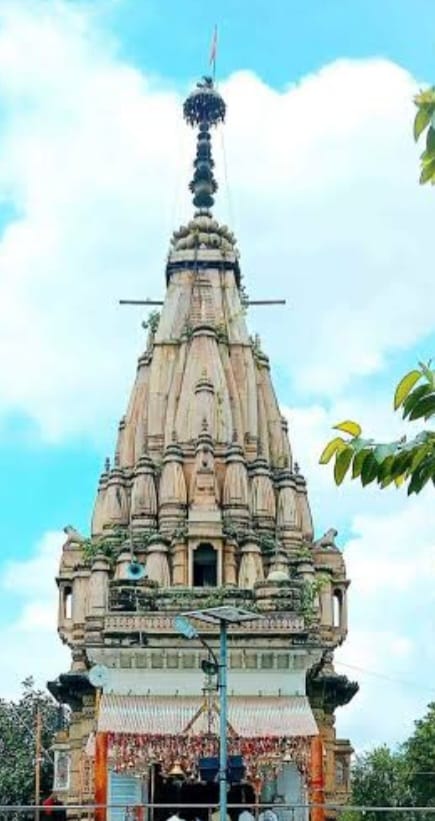
Devi annapoorna temple at Tirwa; Kannauj. Govindachandra's capital was at Kannauj
The imperial splendor of this Rajput hero is seen from his Mahadevi Lakshmi type of gold coin. The coin has been found far and wide – not just in the Gangetic plains – but also in Takshashila (near Rawalpindi in present day Pakistan) and Delhi. The coin has a beautiful engraving of Goddess Lakshmi on one side and a Nagari script engraving the King’s name on the other. Govindachandra’s fame and the popular usage of this coin was so widespread that it continued to be circulated for nearly 90 years, long after his death, in various parts of the subcontinent.
A calm mind in face of personal tragedies
Govindachandra’s various alliances gave his kingdom a measure of security when he was away on distant campaigns. In the latter part of his reign, the affairs of the kingdom, during his absence were increasingly been taken care by his eldest son, Asphotachandra. Asphotachandra, crowned the Yuvaraja was an able administrator. But tragedy struck. Asphota passed away, leaving a grief-stricken father. Govindachandra quickly collected himself, showing the same stoic calmness he had shown decades earlier when he had rescued his own father from the Ghaznavid clutches. He groomed his second son, Vijayachandra as an heir-apparent. The city of Kashi, was raised to the status of a second capital as can be inferred from contemporary Chalukya and Chandella records. This was possibly done as a measure of strengthening its defences against potential invading armies. A royal prince was appointed as its ruler.
After thus strengthening Bharatavarsha thoroughly against Invaders from the West and defeating the hostile powers of China and Tibet in the East, this great patron of arts and culture, this calm and stoic leader, master-diplomat, statesman passed away around 1154 CE. Gahadavala Govindachandra was as great, if not a greater ruler to other great Chakravartis of Kanyakubja like Harshavardhana, Yashovarman, Mihira Bhoja, etc. He was definitely in every respect, one of the greatest rulers of Bharat. Yet he lies invisible from our textbooks, academic circles and modern narratives. It is high time we should resurrect this hero from the mists of history.
This article is based on a section from the book – “Bharat’s Military Conquests in Foreign Lands” written by the same author – Venkatesh Rangan. Further details in the book. The book is available at https://subbupublications.com/product/vr1-2/ and https://www.amazon.in/Bharats-Military-Conquests-Foreign-Lands . International customers please email orders to [email protected]
Key References:
Bhola Shanker Vyas (ed): Prakrita Paingalam: Part 1, Prakrit Text Society, Varanasi, 1959
R.C.Majumdar (ed), The Struggle for Empire: The History and Culture of the Indian people, Bhartiya Vidya Bhavan, Mumbai, 1989
Kulke Hermann, Kesavapany.K.; Sakhuja Vijay; Nagapattinam to Suvarnadwipa: Reflections on the Chola Naval expeditions to South East Asia; Institute of South East Asian Studies; Singapore; 2009
Holcombe Charles, A History of East Asia: From the origins of Civilization to the Twenty First Century, Cambridge University Press, 2011
Mote, Frederick.W., Imperial China: 900-1800. Harvard University press, 2003
R.C.Majumdar (ed); The Age of Imperial Kannauj: The History and Culture of the Indian people, Bhartiya Vidya Bhavan, Mumbai, 1993
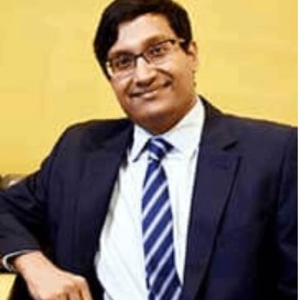 Venkatesh Rangan is a banker by profession and author cum historian by abiding interest. He has authored acclaimed non-fiction works on Indian History such as "The First Republic", "The Age of Pi and Prose" & most recently "Bharat's Military Conquests in Foreign Lands - 900 BCE to 1680 CE".
Venkatesh Rangan is a banker by profession and author cum historian by abiding interest. He has authored acclaimed non-fiction works on Indian History such as "The First Republic", "The Age of Pi and Prose" & most recently "Bharat's Military Conquests in Foreign Lands - 900 BCE to 1680 CE".
NEXT ARTICLE
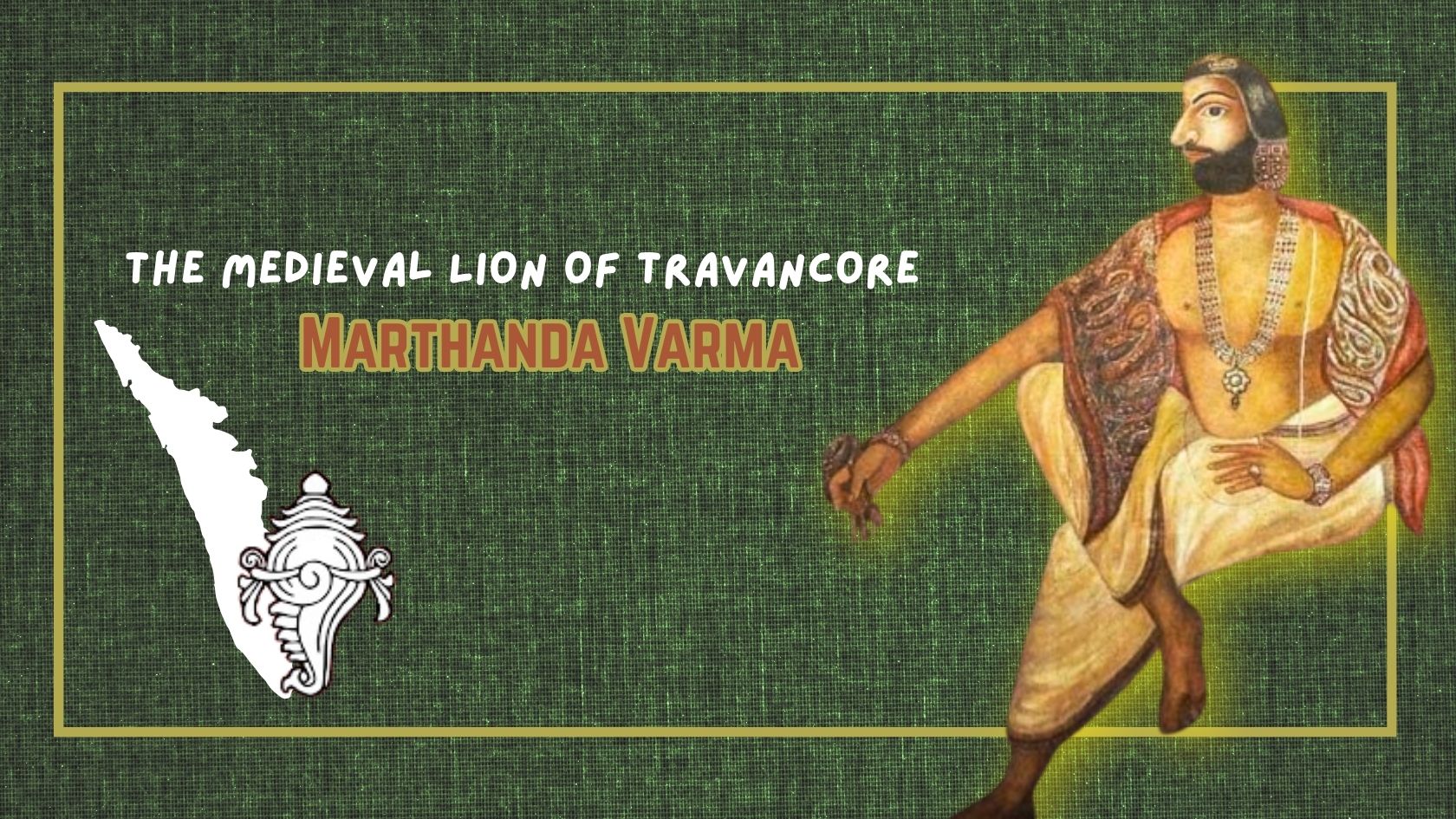
Shri Ramachandra Prasad's captivating narrative and the hot chai that was served at the right time transported me to ancient Kerala, where the extraor...
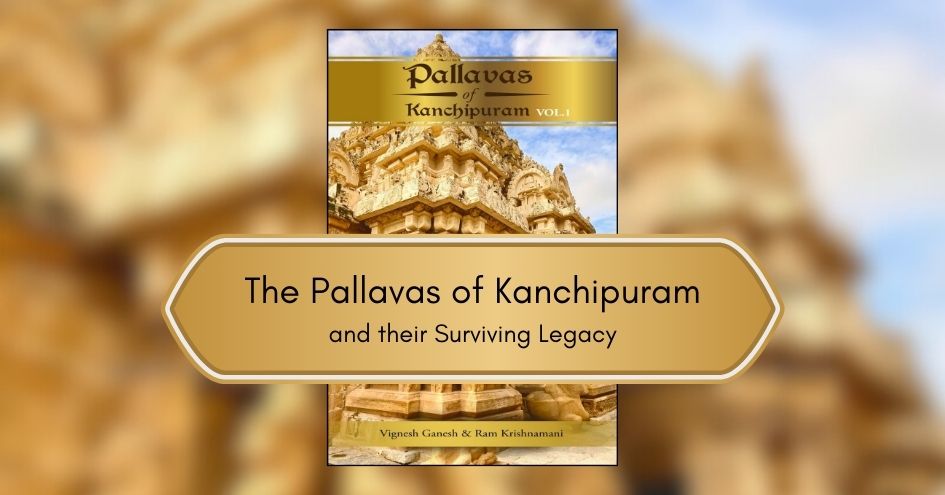
Introduction In Bharatvarsha, History is not the account narrated by victors. It is the record left behind by survivors. The study of Indian History...
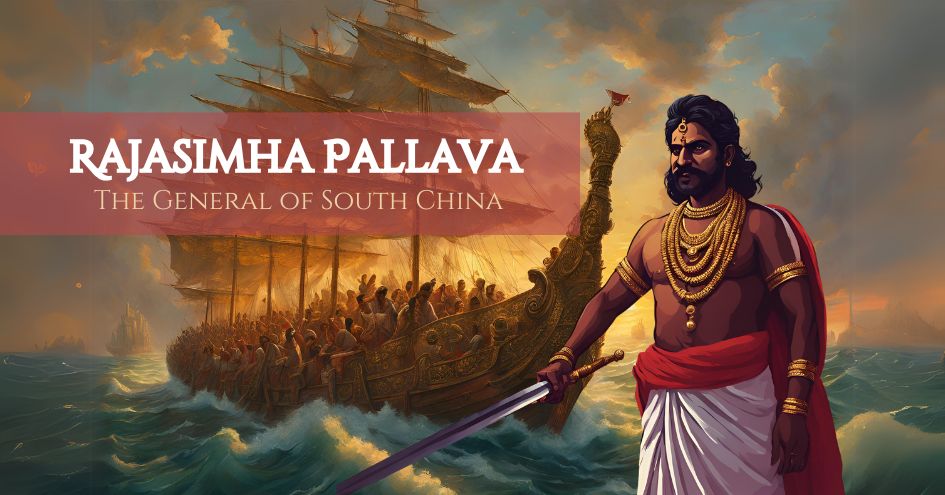
It is the first-half of the 8th Century C.E. in South India. The Pallava kingdom possesses strength and prosperity with some of the greatest monument...